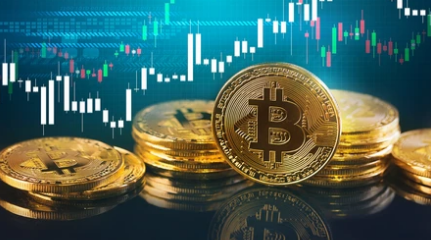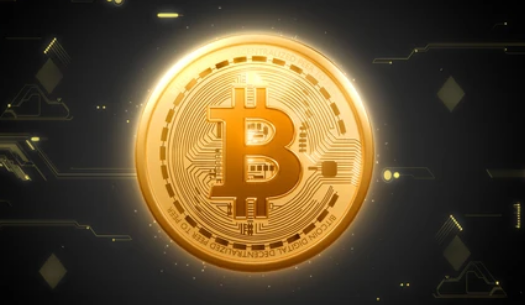Stablecoins have become one of the most talked-about innovations in the cryptocurrency industry. Unlike Bitcoin or Ethereum, which are known for their volatility, stablecoins are designed to maintain a steady value, usually pegged to a fiat currency like the U.S. dollar. They act as a bridge between the world of traditional finance and crypto, offering stability in a market known for its wild price swings.
But the question remains: Are stablecoins really safe?
In this article, we’ll explore what stablecoins are, how they work, the risks involved, and whether they can truly be considered safe for investors and traders.
What Are Stablecoins?
A stablecoin is a type of cryptocurrency that is pegged to a stable asset, most commonly fiat currencies like USD, EUR, or commodities such as gold. The goal is to reduce volatility while maintaining the benefits of digital currency—fast transactions, global reach, and blockchain transparency.
Main Types of Stablecoins:
- Fiat-Collateralized Stablecoins
- Backed 1:1 by fiat currency reserves held in banks.
- Examples: USDT (Tether), USDC (USD Coin).
- Crypto-Collateralized Stablecoins
- Backed by other cryptocurrencies, usually over-collateralized to absorb volatility.
- Example: DAI (backed by Ethereum).
- Algorithmic Stablecoins
- Not backed by collateral but maintained through algorithms that control supply and demand.
- Example: TerraUSD (UST), which collapsed in 2022.
Why Stablecoins Are Popular
Stablecoins have grown rapidly because they solve several problems in the crypto market:
- Price Stability – Unlike Bitcoin, their value doesn’t fluctuate wildly.
- Trading Efficiency – They make it easier to move funds across exchanges.
- DeFi Integration – Stablecoins power lending, borrowing, and yield farming in decentralized finance.
- Cross-Border Payments – Cheaper and faster than traditional banking.
- Safe Haven During Volatility – Traders convert volatile assets into stablecoins to protect profits.
According to recent data, stablecoins account for billions in daily trading volume, making them a cornerstone of the crypto economy.
Are Stablecoins Really Safe?
Despite their name, stablecoins are not without risks. Their safety depends largely on the type of stablecoin and how it’s managed.
1. Reserve Transparency Issues
Some fiat-backed stablecoins, like Tether (USDT), have faced criticism over whether they are fully backed by actual dollars. If reserves are not properly managed, investors could face liquidity problems.
2. Regulatory Risks
Governments and regulators are increasingly scrutinizing stablecoins. The U.S., for example, has raised concerns about their impact on financial stability. Sudden regulatory crackdowns could affect their usage or legality.
3. Counterparty Risks
If the company managing the stablecoin fails, gets hacked, or faces legal issues, holders may struggle to redeem their coins for fiat.
4. Algorithmic Risks
Algorithmic stablecoins are the riskiest. The collapse of TerraUSD (UST) in 2022 proved how vulnerable they are. Within days, UST lost its peg to the dollar, wiping out billions of investor funds and shaking confidence in the entire crypto industry.
5. DeFi Risks
When stablecoins are used in lending platforms or yield farming, smart contract bugs or platform hacks can put funds at risk.
Case Study: TerraUSD Collapse
One of the biggest lessons in stablecoin safety came from TerraUSD (UST). Unlike fiat-backed stablecoins, UST was algorithmic, maintaining its peg through a system tied to the Luna token.
When Luna’s value collapsed, the system failed to support UST’s peg, leading it to crash below $0.10. Investors who thought UST was “safe” lost billions.
This event highlighted that not all stablecoins are equal and that algorithmic models carry extreme risk.
How to Evaluate the Safety of a Stablecoin
If you’re considering using or holding stablecoins, here are key factors to assess:
- Type of Collateral – Is it fiat-backed, crypto-backed, or algorithmic? Fiat-backed is generally safer.
- Transparency – Does the issuer provide regular audits of reserves?
- Regulatory Compliance – Is the stablecoin issued by a licensed entity that complies with financial regulations?
- Liquidity – Can you easily convert the stablecoin into fiat or other cryptocurrencies?
- Track Record – How long has it been in use, and has it maintained its peg successfully?
Safer Stablecoin Options
- USDC (USD Coin) – Known for transparency and frequent audits.
- BUSD (Binance USD) – Regulated and approved by the New York Department of Financial Services.
- DAI – Decentralized, crypto-collateralized, and governed by the MakerDAO protocol.
While no stablecoin is 100% risk-free, these are generally considered safer compared to opaque or experimental models.
Best Practices for Using Stablecoins Safely
- Don’t Rely on a Single Stablecoin – Diversify across multiple stablecoins to reduce risk.
- Keep Long-Term Funds in Secure Wallets – Avoid leaving large amounts on exchanges.
- Stay Updated on Regulations – Laws can change quickly and affect stablecoin usability.
- Use Reputable Platforms – Stick to well-known, audited, and regulated stablecoins.
- Be Wary of High-Yield Promises – If a DeFi platform offers unusually high returns on stablecoins, it often comes with hidden risks.
Final Thoughts: Are Stablecoins Truly Safe?
Stablecoins are safer than most cryptocurrencies in terms of price stability, but they are not completely risk-free. Their safety depends on how they are backed, managed, and regulated. Fiat-backed coins like USDC and BUSD offer stronger reliability, while algorithmic stablecoins carry higher risks.
For traders and investors, stablecoins are incredibly useful tools for hedging, trading, and participating in DeFi. However, treating them as 100% safe is a mistake. The best approach is to diversify, stay informed, and use them wisely.





